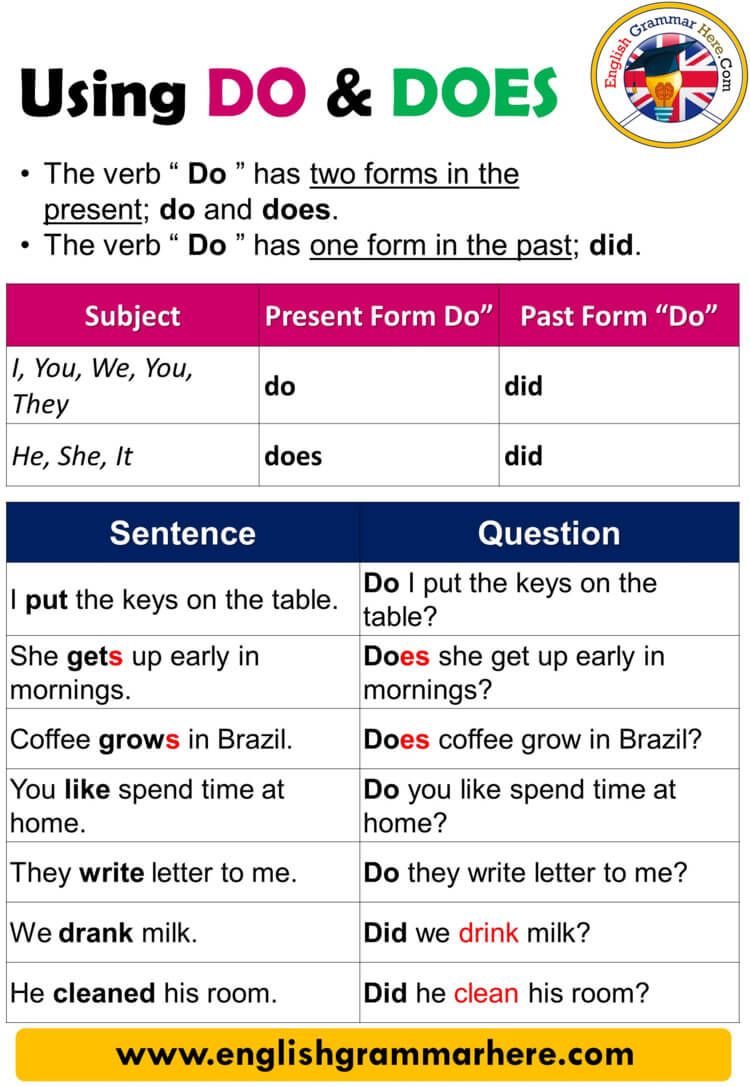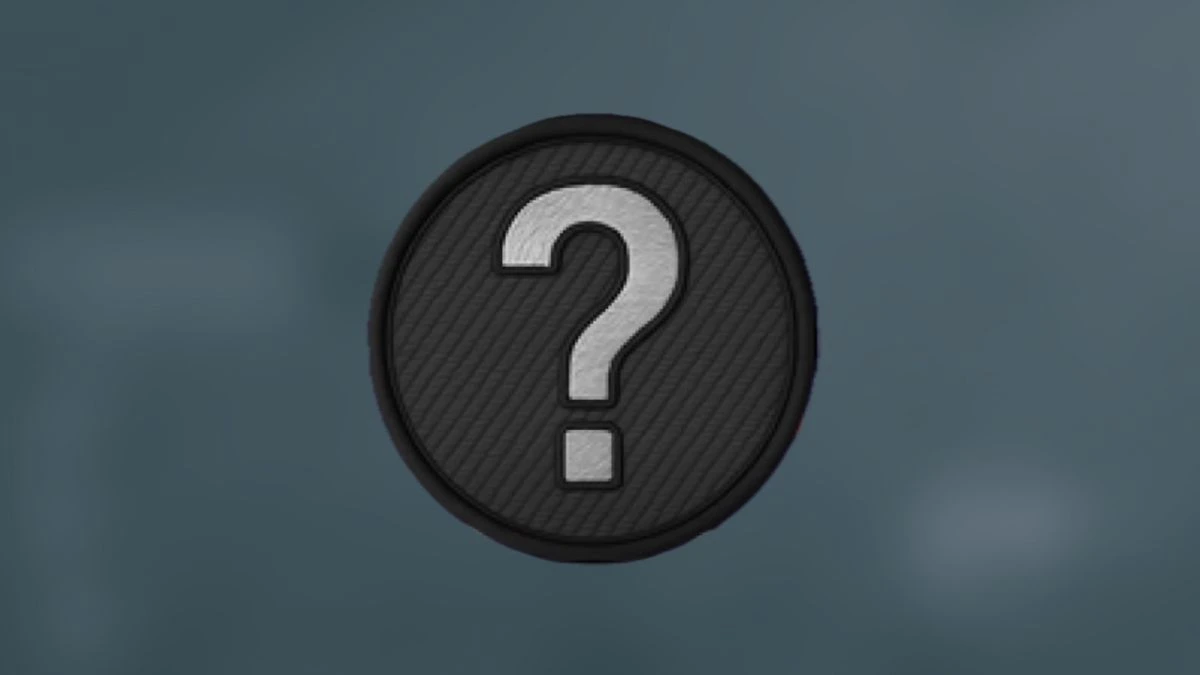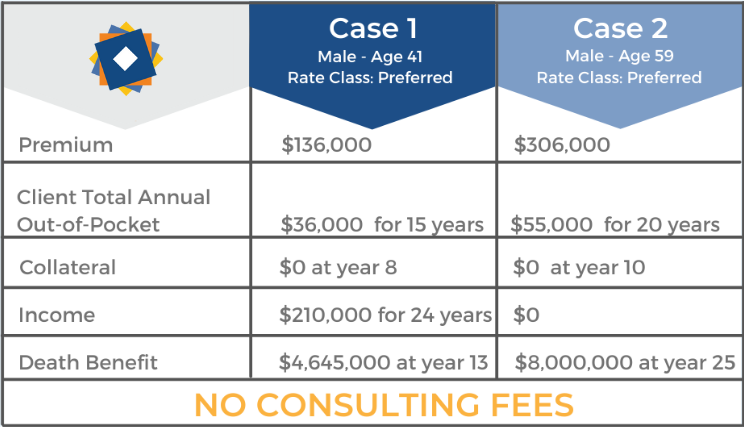Edit Sports Photos Like a Pro: A Fast, Repeatable Workflow for Sharp, Impactful Action
Why a Sports Photo Editing Workflow Matters
Editing athletic action under time pressure demands a fast, consistent workflow. A solid process helps you cull thousands of frames, correct challenging lighting, sharpen the right details, and deliver a cohesive gallery quickly. Experienced editors emphasize organized culling, baseline tonal correction, selective sharpening, and clean crops to keep focus on the athlete and the moment [1] . Modern toolsets and batch editing can dramatically speed delivery without sacrificing quality [2] .
Step 1: Rapid Culling and Organization
Start by reviewing and rating images to isolate peak action and clean compositions. A structured culling pass removes soft, blocked, or redundant frames so you can put time into the best moments. Many working photographers use dedicated culling tools to quickly evaluate sharpness and expressions before moving to detailed edits; the goal is to concentrate effort where it counts [1] . High-volume workflows may benefit from AI-assisted culling to identify closed eyes or missed focus and group similar bursts; this can reduce decision fatigue and accelerate selection under deadline [2] .
Implementation:
- Import to your library tool and add metadata (event, team, date).
- First pass: reject obvious misses; second pass: star the best frames from each play.
- Create selects and deliverables collections so you can batch edit consistently.
Example: After a basketball game, mark your top 150 frames out of 2,000 bursts and flag 40 must-deliver images for same-day publishing.
Step 2: Global Adjustments for Exposure, Contrast, and White Balance
Begin with non-destructive global edits to correct exposure, contrast, and white balance across the set. Editors commonly adjust highlights and shadows to reveal detail in uniforms and faces and normalize color casts from stadium lighting. Establishing a baseline look before local work helps maintain consistency across a gallery [3] . Many workflows start in a RAW editor to align exposure, contrast, and temperature/tint, then sync settings across similar sequences to save time [1] .
Implementation:
- Set white balance using a neutral reference when available; adjust tint to neutralize green/magenta casts from gym or stadium lights.
- Balance highlights to preserve jersey and ball detail; lift shadows to reveal faces under helmets.
- Apply gentle clarity and contrast; avoid clipping unless stylistically intended.
Example: Indoor volleyball images often suffer sodium-vapor casts; correct with temperature/tint, then sync across that sequence for uniform color [3] .
Step 3: Intelligent Cropping to Focus the Story
Cropping tight centers the viewer on the athlete and the decisive moment. Practical guidance suggests filling the frame with the subject and using rule-of-thirds to direct attention, while being mindful that aggressive crops reduce resolution and can introduce noise and softness. Some working photographers avoid cropping away more than roughly one-third to maintain quality, especially for print needs [4] . Thoughtful crops also remove distractions like referees or signage competing with the action [1] .
Implementation:
- Crop to emphasize eye contact, ball position, or peak body form.
- Maintain aspect ratios your clients require (e.g., 3:2 for web galleries, 4:5 for social).
- Leave space in front of motion direction for dynamic balance.
Example: For a soccer slide-tackle, crop to include the ball and opponent’s reaction while excluding empty field and background spectators that dilute impact [4] .
Step 4: Local Adjustments, Retouching, and Distraction Removal
After global corrections, use local tools to guide the eye: brighten faces, dodge jerseys, and burn backgrounds. Editors frequently remove small distractions (stray signage, water bottles, or bright hotspots) and retouch blemishes minimally to preserve authenticity. Detailed editing in a pixel editor allows precise cleanup, halo avoidance, and compositing for tough distractions [1] .
Implementation:
- Use radial masks to lift exposure on faces; apply linear gradients to darken stands or sidelines.
- Heal or clone bright cones, sensor dust, or tape lines that pull attention.
- Keep skin and fabric texture intact; avoid over-smoothing.
Example: In track-and-field images, a bright timing board can steal attention; darken or clone it to keep focus on the runner at peak stride [1] .
Step 5: Selective Sharpening and Motion Aesthetics
Sports images benefit from crisp faces, logos, and equipment, while allowing background or peripheral motion blur to convey speed. Sharpen selectively: enhance eyes, ball seams, and uniform textures, but avoid sharpening noise or blur in the background. Editors often switch sharpening models or tools designed for motion to recover detail in moving subjects while controlling artifacts; demonstrations show using motion-aware sharpening to enhance helmets, tattoos, and ball detail without overcrisping the entire frame [5] . Over-sharpening can introduce halos and crunchy textures, so apply with masks and view at 100%.
Implementation:
- Create a high-pass or detail layer and mask it to faces, hands, and gear.
- Avoid sharpening jersey moiré or noisy shadows; use radius/threshold controls conservatively.
- Preserve intentional panning blur and bokeh as storytelling elements.
Example: For a baseball swing, sharpen the batter’s eyes and bat label while letting the crowd remain soft to amplify subject separation [5] .

Source: lifewire.com
Step 6: Noise Reduction and Detail Balance
High ISO is common in indoor arenas and night games. Apply noise reduction first on color speckling, then on luminance grain while preserving edge detail. Batch apply conservative settings that keep textures like turf, hair, and fabric believable; aggressive NR can smear detail and reduce perceived sharpness. Editors frequently combine NR with selective sharpening so the subject remains crisp without amplifying noise in backgrounds [3] .

Source: lifewire.com
Implementation:
- Work at 100% zoom and compare before/after on skin and jersey logos.
- Use masks to reduce noise more in backgrounds than on faces.
- Revisit sharpening after NR to restore microcontrast where needed.
Example: For indoor basketball at ISO 6400, apply moderate luminance NR and fine-tune detail sliders to keep sweat highlights and fabric weave intact [3] .
Step 7: Color Grading for Energy and Consistency
Beyond correction, subtle grading adds cohesion: nudge saturation for team colors, align skin tones across mixed lighting, and create a consistent contrast curve for the set. Many guides recommend gentle hue/saturation tweaks and careful control of shadows and highlights so muscles and movement read clearly without looking artificial [3] . Apply looks in batches to similar lighting scenarios to maintain a uniform gallery feel [1] .
Implementation:
- Use HSL to correct uniform colors without affecting skin.
- Employ tone curves or LUTs sparingly; avoid crushed shadows that hide action.
- Check consistency across sequences and across camera bodies.
Example: For a daytime soccer match, cool the greens slightly to avoid neon turf and warm midtones for natural skin, syncing the look across the half.
Step 8: Creative Enhancements (Use Sparingly)
When appropriate, creative effects can intensify storytelling: controlled motion blur, background de-emphasis, or subtle vignettes. Advanced workflows may add motion effects or specialized grading in a pixel editor, but restraint is key to keep images credible for editorial and team use [1] . Always align creative choices with client needs and usage.
Implementation:
- Add a soft vignette to draw attention to the athlete’s face.
- Use selective blur on cluttered sidelines while protecting the subject with masks.
- Test black-and-white conversions for gritty indoor scenes where color is distracting.
Example: For wrestling, a high-contrast monochrome conversion can emphasize strength and expression while de-emphasizing busy mat colors [1] .
Step 9: Export, Delivery, and Speed Tactics
Output settings should match publication and social requirements. Batch export optimized JPEGs for web and high-resolution files for print, with embedded color profiles and consistent file naming. Under tight deadlines, pros recommend batch editing and preset application for consistency, then quick spot checks before delivery. AI-assisted workflows can help maintain pace across hundreds of images while preserving your signature style [2] . Final optimization includes sharpening for output size and verifying that colors look natural on different displays [1] .
Implementation:
- Export web sets at appropriate dimensions with output sharpening for screen.
- Deliver hero shots first for immediate use; send full galleries after QC.
- Archive RAWs and sidecars; maintain a repeatable folder and metadata structure.
Troubleshooting Common Issues
Mixed lighting casts: Neutralize with white balance and tint adjustments, then fine-tune skin with HSL to avoid green/magenta shifts [3] . Excess noise: Apply moderate luminance NR and mask it away from critical textures; sharpen selectively afterward [3] . Lack of subject separation: Crop tighter, darken the background, and reserve sharpening for the subject to enhance depth [4] . Overcooked edits: Reduce global clarity, back off saturation, and compare against the baseline corrected version to restore realism [3] .
Alternative Approaches and Workflow Variations
High-volume wire-service approach: Prioritize speed-cull fast, apply a single baseline preset, minimal local adjustments, export immediately. AI-assisted approach: Use automated culling and batch corrections to maintain consistency and speed under deadline pressure [2] . Fine-art approach: Spend more time on selective dodging/burning, detailed cleanup, and stylized grading for prints or campaigns, as long as the edits support the story without straying from authenticity [1] .
Key Takeaways
A reliable workflow starts with fast culling, consistent global corrections, tight crops, selective sharpening, controlled noise reduction, and cohesive color-finished with efficient export. Use batch tools to move quickly, then reserve your attention for the handful of images that define the game. When sharpening, target the subject and let motion and background remain soft to convey speed; demonstrations show motion-aware sharpening can elevate detail where it matters most [5] . Keep edits believable and focused on the athlete and the moment [3] [1] .
References
[1] Living Colors Studio (2025). Sports photography editing guide and workflow.
[2] Aftershoot (2025). Master sports photo editing: workflow and speed tips.
[3] Skylum (2024). How to edit sports photography: exposure, color, and detail.
[4] Freshie Photography (2021). Simple steps to edit sports photos and crop guidance.
[5] KelbyOne/YouTube (2024). Editing tips for sports shots with motion-aware sharpening demo.



